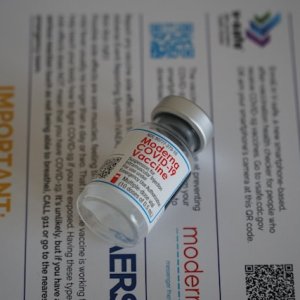
Vaccine Trade Tracker: How is the World Doing?
 By Sofía Hanna | Journalist and Industry Analyst -
Thu, 11/25/2021 - 08:35
By Sofía Hanna | Journalist and Industry Analyst -
Thu, 11/25/2021 - 08:35
The World Trade Organization (WTO) and the International Monetary Fund (IMF) developed a trading monitor to track the cross-border flow of COVID-19 vaccines. The monitor provides complete and transparent information on the supply of vaccines broken down by products and countries.
"This tracker shows the supply of vaccine doses from facilities where the final vaccines are made to the economies where they are administered," reads the official WTO-IMF COVID-19 Vaccine Trade Tracker webpage. Its information comes from the COVAX Global Vaccine Market Assessment, the UN Children's Fund (UNICEF), Duke Global Health Innovation Center, Airfinity, Our World in Data, the World Bank Group, the Asian Development Bank and the African Vaccine Acquisition Task Team (AVATT).
Having better organization and clarity as to where the vaccines are going and how many have already been administered can address trade-related bottlenecks and non-facilitating trade measures on critical products to fight COVID-19.
According to the EU-LAC Foundation, the production and distribution of vaccines continues to be one of the greatest challenges the world faces. "At the current rate, only four countries will achieve immunity by the beginning of 2022, another seven countries will achieve it during 2022 and the majority in 2023."
Latin America and the Caribbean is one of the areas that have fallen behind in COVID-19 vaccination, something that the WTO addressed by intensifying dialogue to speed up the production, export and import of vaccines and other medical equipment to the region. These measures included voluntary or compulsory licenses to vaccine producers, which led to the birth of the Vaccine Trade Tracker.
Currently, the tracker shows that the total supply of vaccines as of Oct. 31, 2021, was 8.8 billion doses, with domestic supply including 5.9 billion doses and 2.9 billion doses in implicit trade. China has the largest vaccine exports with 1.33 billion doses, followed by the EU with 876.5 million and the US with 300.8
Upper-middle-income countries have received 1.36 billion doses, lower middle income 786.8 million, high-income 645.8 million and low-income 94.6 million. The tracker reports that the EU leads vaccination rates with 54.7 percent of its population being vaccinated, followed by North America with 52.4 percent, South America with 51 percent, Oceania with 48.4 percent, Asia with 42.7 percent and Africa with 5.8 percent.
















